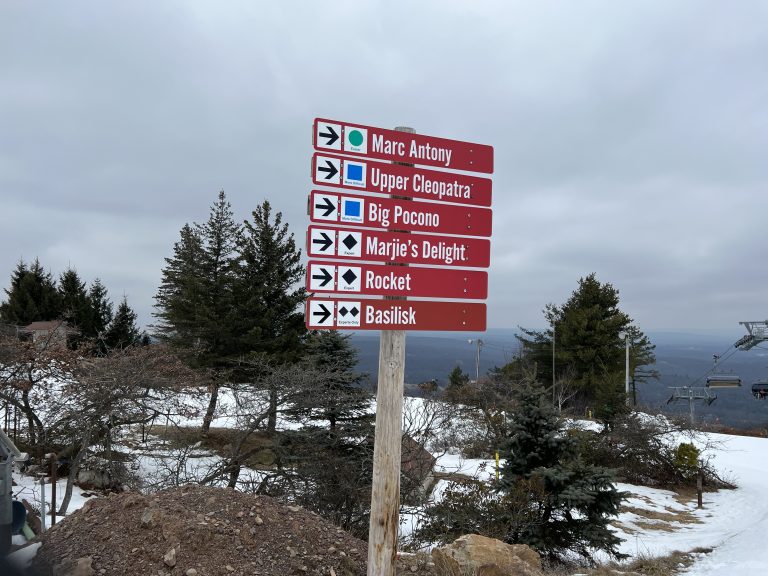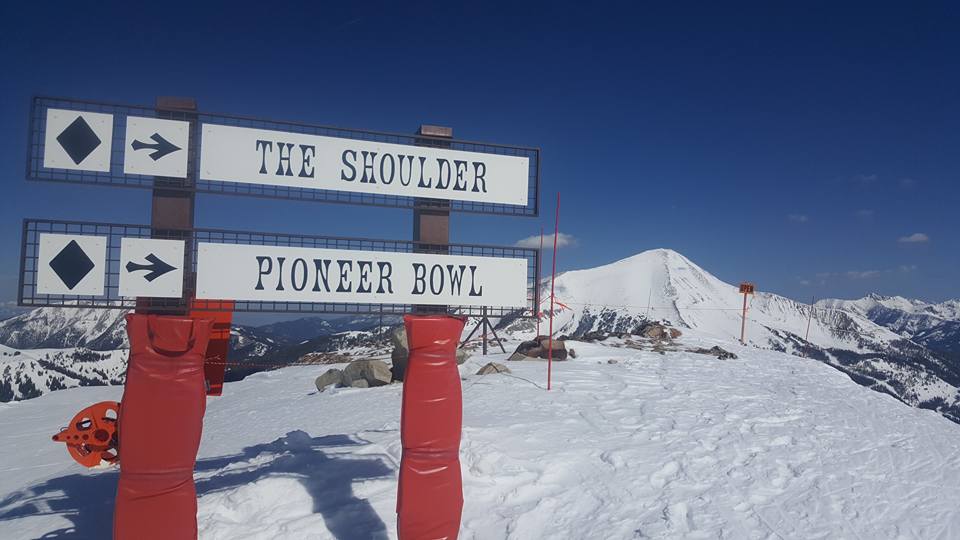
Trail sign designation symbols are fundamental knowledge at ski resorts in North America, but their origins are not. They consist of green circles (easiest), blue squares (more difficult), and black diamonds (most difficult), and are the basis of all ski runs in the U.S. Although many variations exist at specific locations, the history of these three main symbols is fascinating.
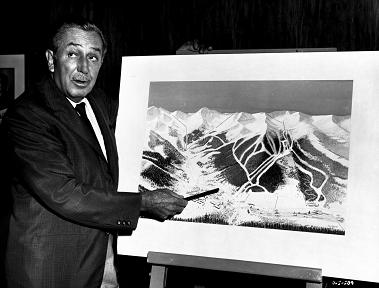
An unlikely choice, Walt Disney and Company are responsible for the trail signage system in use today, according to PeakRankings.com. Known as a visionary animator and entertainment pioneer, Disney became an avid skier, along with countless others around 1930, at a time when this new sport was rapidly gaining popularity in the United States. Before 1968, the National Ski Areas Association had an early trail sign system in place. Early signage included yellow triangles denoting intermediate terrain, and red indicating advanced terrain. Around this time, The Disney Company set its sights on a high alpine valley in the southern Sierra Nevada Mountains to build a vast skier’s paradise. This ambitious venture ran into a fair share of hurdles to navigate. Some of which being; access road development, conservationist opposition, and financial hardships upon opening what is now Disney Land.
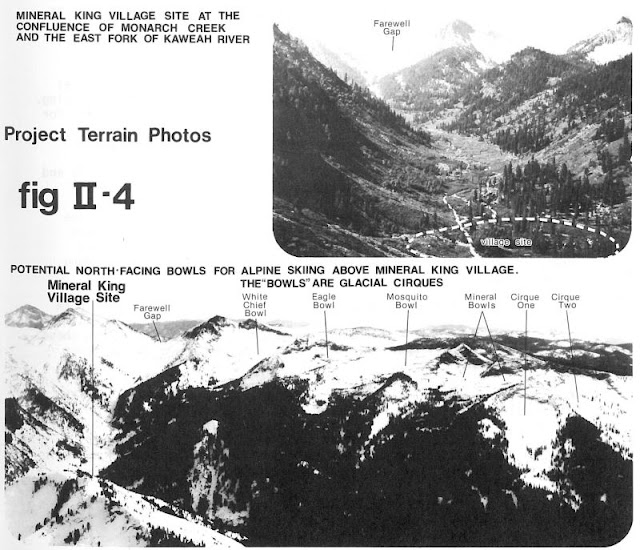
Mineral King Ski Resort
Walt Disney’s vision for a large ski resort was quite extensive. The final plans included 27 lifts, eight alpine bowls, and a vertical drop of 3,700 feet according to PeakRankings.com. Even at today’s standards, this was a monumental project. In the planning process, extensive research was conducted, including psychological reactions to shapes and colors. This data is where the Walt Disney Company came up with what specifics would be used as trail signs. This system was so well thought out, that in 1968 the NSAA acknowledged the research put for and implemented it nationwide. This is the exact system that is still in use today in North America. Thus, solidifying Walt Disney’s contribution to the ski industry, even though plans for Mineral King were eventually abandoned.
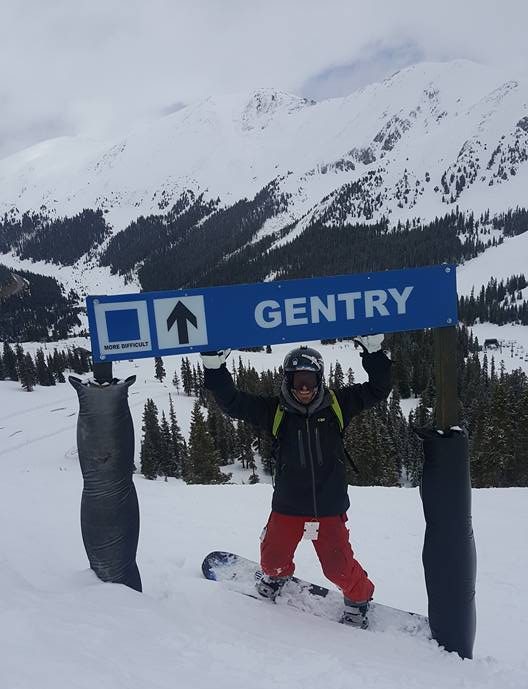
Independence Lake Ski Resort
Walt Disney suddenly passed away while planning Mineral King in 1966, at the age of 65. The Disney Company was determined to honor this American legend with a ski area. The company looked at alternate prospects and settled on an area north of the Tahoe region called Independence Lake. This venture eventually became a bust as well, shutting down development in 1978. Walt Disney, while alive, also had a hand in developing Sugar Bowl, CA. To this day you will find a handful of runs, a high-speed lift, and even a peak named after him there according to PeakRankings.com.
Today trail ratings have become a bit more in-depth, but the basis remains the same. What Walt Disney helped create has stood the test of time and looks to stay that way. In recent years, the double black diamond became the highest level of difficulty, with now the newly founded triple black diamond from Big Sky Resort, Montana, taking its place as the highest rated difficulty trail sign, now at several resorts across North America. Certain areas utilize double blue squares and double green circles, like Telluride in Colorado. Even blue-black trail signs including both shapes in one, such as those at Winter Park Resort in Colorado. In turn, this adds more layers to the modern trail rating system. Each time a run is selected by skiers and snowboarders, it serves as a reminder of an important piece of skiing history, established by Walt Disney.
